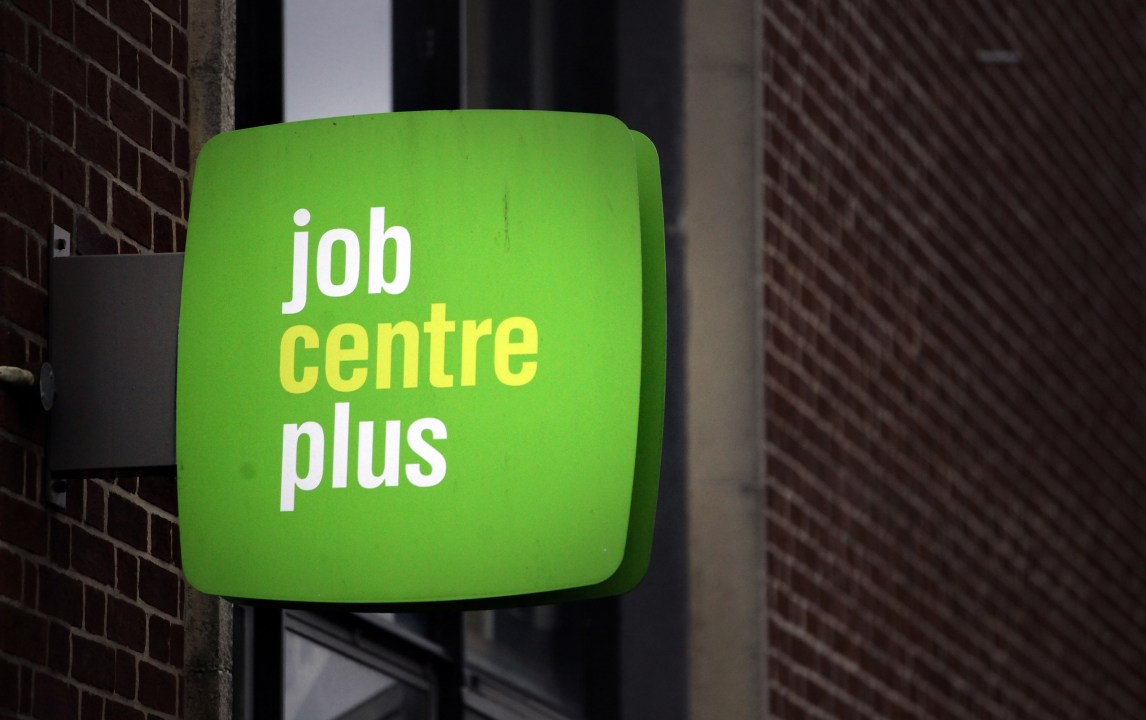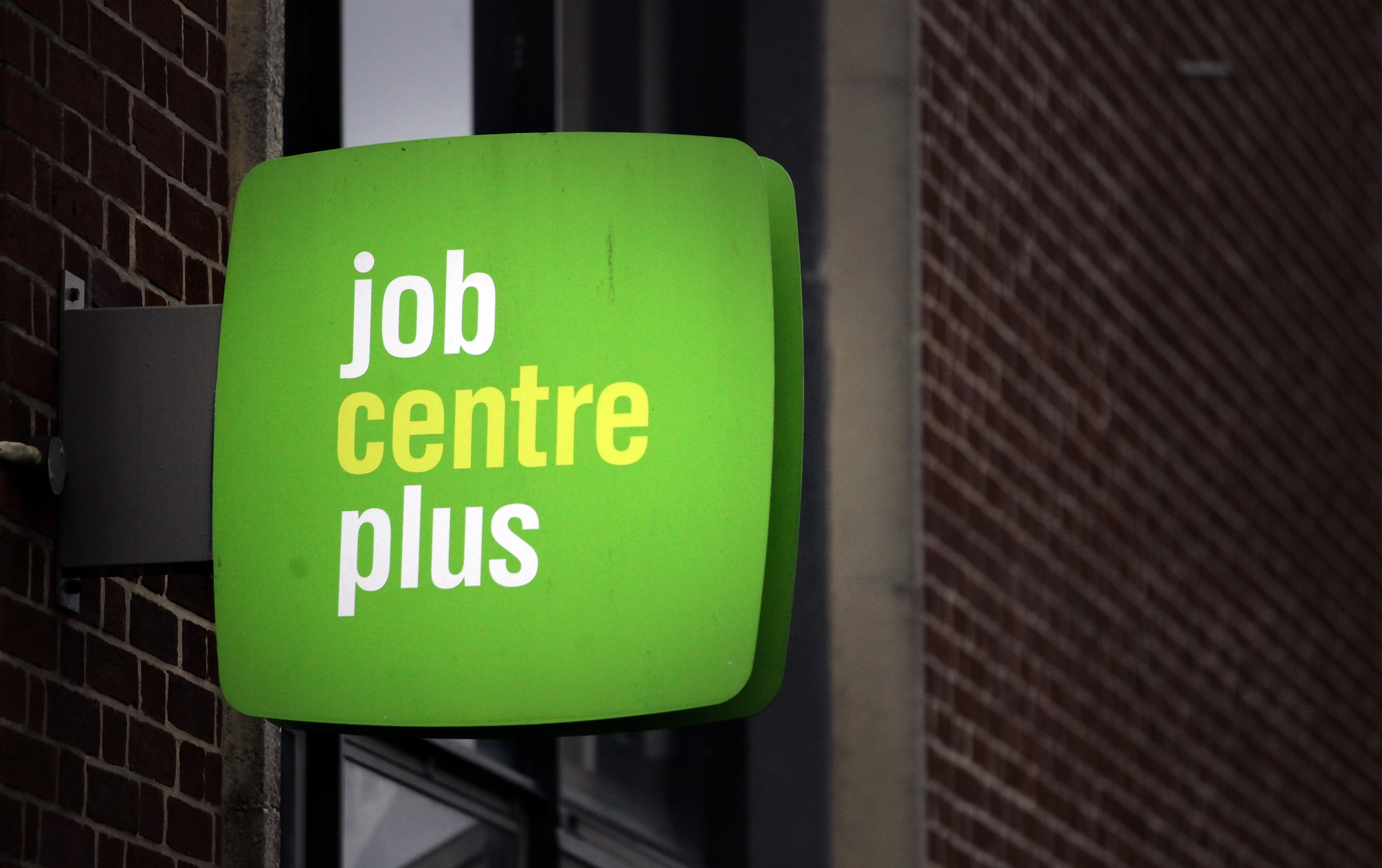Over the past few months, each labour market update from the Office for National Statistics has suggested forecasts predicting mass unemployment were wide of the mark. In the three months leading up to February, unemployment was estimated to hover at 4.9 per cent, 0.9 per cent higher than the previous year but down 0.1 per cent from the previous month.
Where credit is due is debated – and likely shared. The jobs retention scheme continues to shield five million workers, who cannot yet return to their jobs, from unemployed status. That GDP has not taken anywhere near the same tumble this winter as it did last spring speaks to innovative businesses that have managed to adapt to extremely strict lockdown conditions. The vaccine factor has not only sparked confidence in the reopening that is slowly taking place now, but started giving confidence a boost back in December, when it became clear that there was a way out of the crisis.
Does that mean our worst unemployment fears can be put to bed? The worst-case scenarios have already been heavily downgraded by the forecasters, with the Office for Budget Responsibility cutting its estimate for peak unemployment by nearly half – from 11.9 per cent last July to 6.5 per cent in March. While the data continues to look stagnant for more recent months – with job vacancies stalling at 22.7 per cent below where they were a year ago – the expected pick-up in economic activity leading up to summer should soon give these figures a boost. Unemployment is still expected to rise later in the year, as the furlough scheme comes to an end and we discover some of those jobs no longer exist – but as the economy reveals where new customer demands lie, it’s hoped a combination of new openings, plus re-skilling and re-training, will get the recently unemployed back into work.
But there are still risks: mainly that the full reopening of society, pencilled in for 21 June, could be loaded with caveats. The most difficult decisions about reopening – including social distancing rules, working from home guidance, and travel – have been left to separate reviews, findings of which are set to be announced in the coming weeks. It’s these details that have the power to make or break businesses as they emerge from lockdown: if the ‘one metre plus’ rule for social distancing were to linger, international travel were to remain heavily restricted to tourists coming to visit the UK, or office employees still encouraged to avoid the workplace, such rules would have a major impact on the profitability of businesses – which would all but guarantee an impact on the employment figures too.








Comments